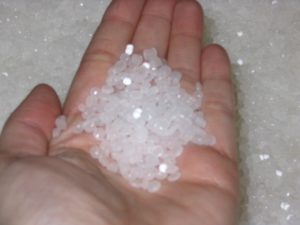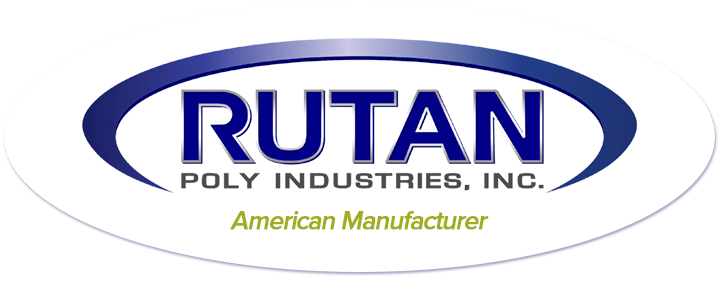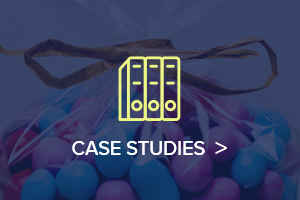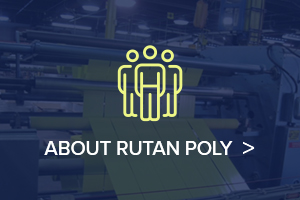Have you ever wondered how plastic bags that we heavily rely on are made? Well, as ordinary as they seem, plastic bag manufacturing is quite a complicated process that involves numerous stages.
 Though the manufacturing process of plastic bags may vary from company to company, it usually includes several main steps. In the following paragraphs, you will get to know about each of these steps. These manufacturing steps call for a lot of care to make sure that they are meeting the requirements needed for optimum production. That is why it is important to have safety kits on standby, which can be found here as well as through first aid suppliers, to make sure that nothing disrupts manufacturing. Besides this, workers are mandated to wear safety gear to protect themselves from the hazardous materials that are used. For instance, workmen are instructed to wear vests and hard hats. Gloves (often purchased from unigloves.co.uk/) and gasketed eyewear are also known to be a part of their attire as those can offer optimal protection during the process.
Though the manufacturing process of plastic bags may vary from company to company, it usually includes several main steps. In the following paragraphs, you will get to know about each of these steps. These manufacturing steps call for a lot of care to make sure that they are meeting the requirements needed for optimum production. That is why it is important to have safety kits on standby, which can be found here as well as through first aid suppliers, to make sure that nothing disrupts manufacturing. Besides this, workers are mandated to wear safety gear to protect themselves from the hazardous materials that are used. For instance, workmen are instructed to wear vests and hard hats. Gloves (often purchased from unigloves.co.uk/) and gasketed eyewear are also known to be a part of their attire as those can offer optimal protection during the process.
Anyway, before moving on, there are a few terms used by plastic bag manufacturers that you should be aware of, which are as follows:
- Polyethylene – A type of thermoplastic resin, which is made through the alteration of ethylene gas molecules.
- Blocking – Also called cohesion, blocking is a condition that occurs when extremely smooth or flat surfaces adhere together after they are placed against each other.
- Gusset – These are indentations in the sides of plastic bags, which allow the bag to lay flat when stored, but expand when opened.
- Nip Rolls – Also called pinch rolls, nip rolls are the two motorized rolling pins at the top of the cooling tower, which pulls the poly film up.
- Die – A metal restrictor, mold, or any other channel that allows continual processing of shapes.
- Frostline – The point where molten polyethylene solidifies into a film.
- Layflat Form – This refers to the tubular poly film that has been flattened for further processing.
- Extruder – A pump with a rotating screw that holds thick fluids for their mixing and melting.
As mentioned earlier, plastic bags are made from polyethylene, which is derived from petroleum and natural gas. There is a significant amount of processing and mixing involved for those raw materials to become polyethylene. Generally, equipment such as an industrial electric mixer (check it out here) is used. Furthermore, a number of additives may be added during the processing of polyethylene, these include:
- Ultraviolet Inhibitor (UVI) – It protects the plastic, as ultraviolet radiation can cause the plastic to weaken and lose its color.
- Anti-Block – It prevents the layers of the plastic from adhering together.
- Slip – It helps the plastic bag to open easily and allows items to smoothly slide in.
After processing, polyethylene is sent to the manufacturing facility in the form of pellets, which is referred to as resin.
The process starts off with the conversion of plastic film, where polyethylene resin is melted and extruded in the convertors. The color, strength and thickness will depend on the manufacturer, or the customer’s requirements. Through the mixing of different dyes (which are also in granulated form) almost any color can be modified. When making plastic products in large quantities and at a fast pace, factories usually have custom-made production units made from metal alloys (cast with metal heat treating processes) that can withstand high temperatures and pressure.
A film tube, inflated with air, is then produced by the converters. This results in the formation of a bubble, which cools down and solidifies the film. The required thickness of the film is reached at the Frostline. After that, the film is guided by the collapsing boards, where it is steadily flattened and gusseted. The layflat film then passes through the nip rolls, causing the top of the bubble to seal effectively.
The layflat film is fed to the winding equipment through a slitting machine and then finally wounded onto rolls. These rolls are then sent to converting facilities, which have a range of specialized equipment to create the various features that characterize plastic bags today.
Over the years, the manufacturing process for plastic bags has not changed much. However, what has changed is the way we are using plastic bags. Whether it’s carrying groceries or sealing meat for storage, plastic bags have grown to become a convenience that has made our lives a lot easier.
To learn more about custom poly bags or how we can help you with your needs, please contact us.





